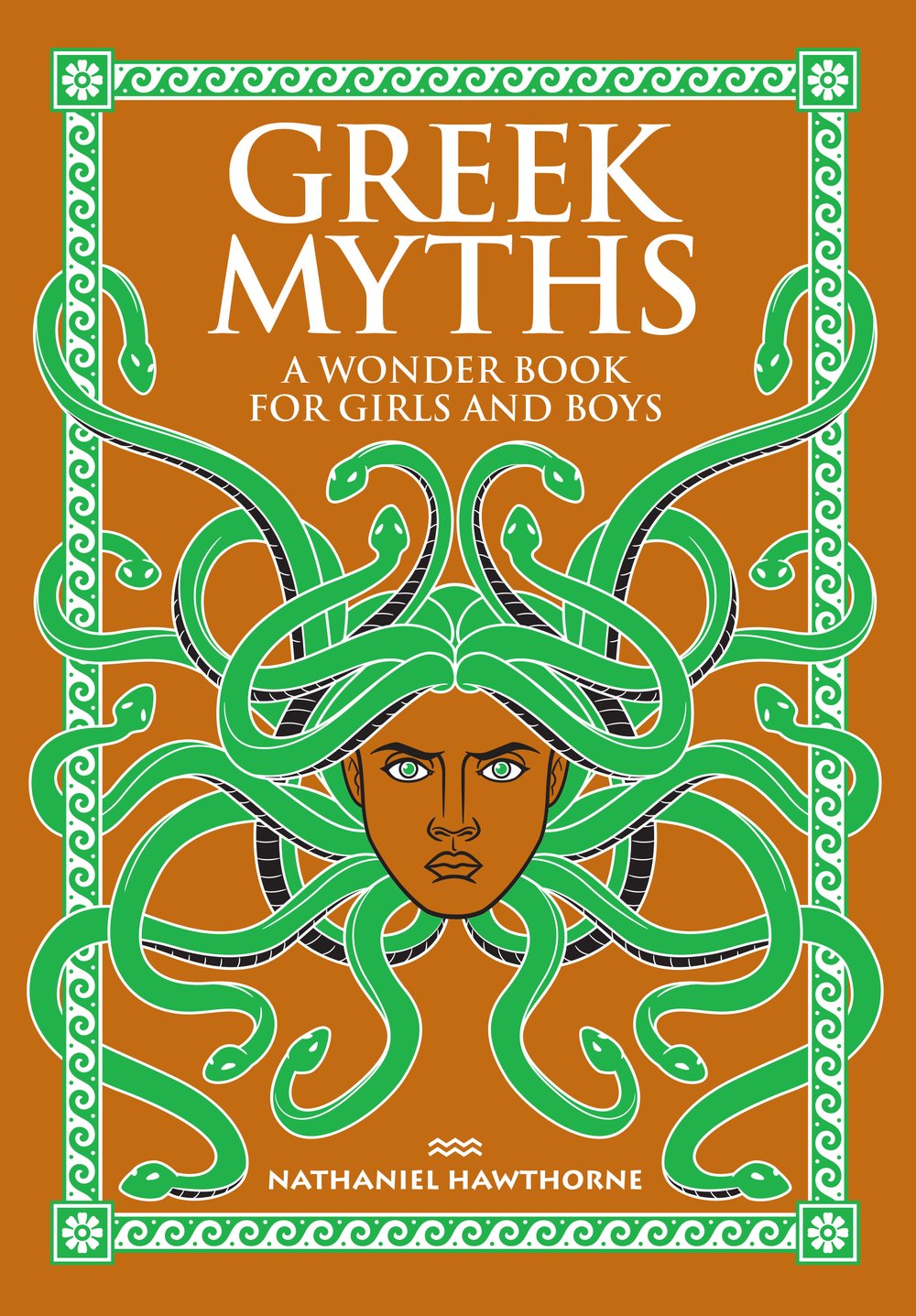The Scarlet Letter

In The Scarlet Letter, Nathaniel Hawthorne takes readers back to the puritan days of the American colonies, into a society as unforgiving as its harsh New England winters. The story of Hester Prynne, who bears a scarlet "A" upon her breast as a symbol of her adultery, and that of her pious lover who atones in tormented silence, is one that has captivated readers since its publication in 1850. Adapted to numerous plays, films, and operas, the original text is now available in a chic and affordable edition as part of the Word Cloud Classics series from Canterbury Classics.

Nathaniel Hawthorne was one of the most influential and famous writers of the romantic era in America. He was born in Salem, Massachusetts, on July 4th, 1809. Influenced heavily by the notions of dark romanticism, his stories rely on themes of guilt, sin, and the qualities that define human nature—the large part of his focus being on the psychological aspect of his characters. Hawthorne’s friend, an American publisher named James Thomas Fields, convinced him that “The Scarlet Letter”—which was originally planned to be a novelette—should be a full-length novel. Ticknor & Fields soon afterwards published the work. It instantly became a bestseller, regarded as a quintessential member of the literary canon. However, Hawthorne’s physical and mental health rapidly declined as he aged, some sources even indicating a psychological regression. Months before he passed, Hawthorne refused to seek treatment and died in his sleep from stomach complications on May 19th, 1864.








